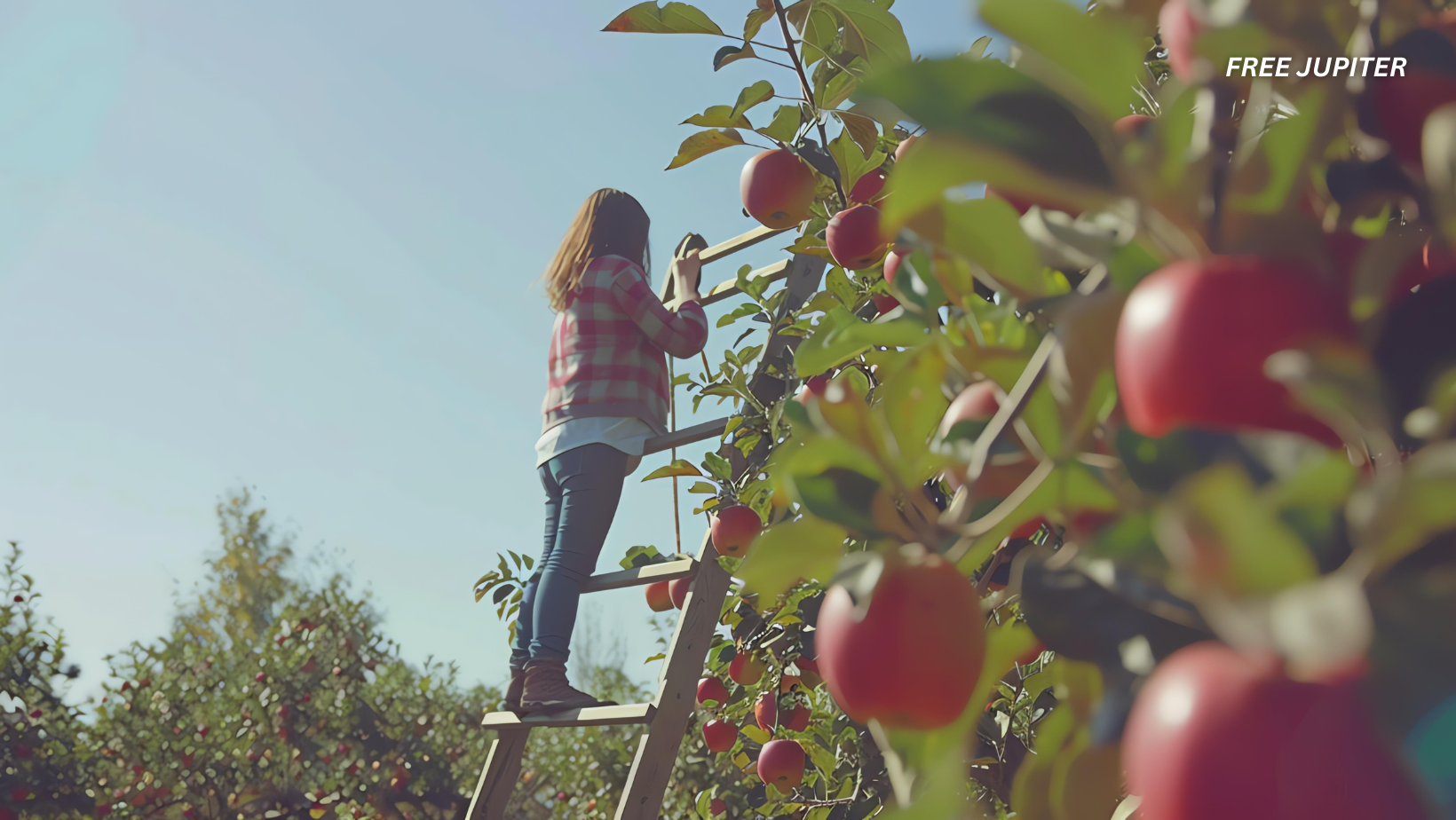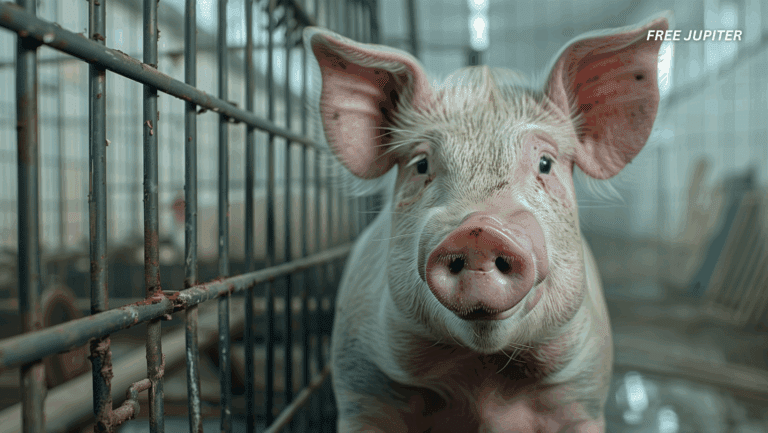When most people picture city parks or public walkways, they imagine neatly trimmed lawns, flowerbeds, and maybe a few ornamental trees that look nice but don’t do much beyond shade. In New Zealand’s Top of the South region, though, public land has taken on a tastier role. Instead of merely decorating neighborhoods, trees here often serve as free food sources.
Over the last two decades, councils, health organizations, and community volunteers have been planting fruit and nut trees where anyone can enjoy them—along sidewalks, inside playgrounds, and across city parks. It’s a simple concept that’s slowly reshaping how people think about public space: why settle for just beauty when a tree can be both beautiful and edible?
How It All Started
The push for public orchards began in the early 2000s when the Nelson Marlborough District Health Board was looking for creative ways to address the obesity epidemic. Telling people to “eat more fruit and vegetables” wasn’t working as well as hoped. Fresh food can be expensive, and convenience often drives people toward processed snacks. So, the health board asked: what if fruit was free, easy to reach, and part of the daily landscape?
This question gave birth to Open Orchards, a program that went beyond planting a few trees for show. The idea was to flood public areas with edible greenery, making nutritious food impossible to ignore. At the same time, schools and preschools were brought into the project. Kids not only picked fruit but also learned how to grow vegetables, care for gardens, and cook healthy meals. The goal wasn’t just to fill bellies—it was to shape habits that would last a lifetime.
Read more: Humans Have Lost 60% of Their Connection With Nature in Just Two Centuries, Study Shows
Beyond Food: A Living Classroom
Food is only the starting point of the story. These orchards have become outdoor classrooms where children get their hands dirty learning about the cycles of nature. A plum tree, for instance, is not just a source of sweet snacks in summer. It’s also a teacher: showing kids how flowers become fruit, how bees and insects play a vital role, and how patience pays off when seasons change.
Many schools now integrate gardening projects into their curriculum, turning lunch breaks into opportunities for learning. Teachers have noticed that when children are part of the growing process, they’re more likely to eat fruits and vegetables. A child who helped water an apple tree all year is far more excited about eating its fruit.
Strengthening Communities
Public orchards also double as social glue. When volunteers gather to plant or tend trees, they’re doing more than gardening—they’re building relationships. Neighbors meet, conversations flow, and people who might never have crossed paths before end up working side by side.
There’s a certain optimism built into planting a fruit tree. The benefits aren’t immediate; it may take years before the tree produces enough to feed dozens of passersby. This act of patience fosters a long-term perspective: the fruit might feed not you, but someone else’s children. In that sense, every tree is a gift to the future.
Guardians of the Environment
Another layer of impact comes from the environmental side. By planting diverse fruit and nut trees, communities also create miniature ecosystems. Birds, bees, and insects flock to these new habitats, increasing biodiversity. Wildlife corridors—essential strips of land that allow animals to move safely between habitats—are often woven into these projects.
Local groups such as the Nelson Community Organic Gardens Trust have been champions of this work. They help coordinate plantings, encourage composting, and track how wildlife populations are changing. In a time when climate change and habitat loss dominate headlines, these small green oases offer a hopeful counterpoint.
Mapping the Harvest
One charming detail of New Zealand’s public orchard movement is how organized it has become. Local councils now provide maps showing the locations of fruit trees. Residents and visitors alike can plan a walk that doubles as a snack tour—stopping for apples in one park, plums in another, and maybe walnuts along the way.
This mapping system ensures that the bounty doesn’t go unnoticed. It also normalizes the idea that fruit trees belong in everyday landscapes, not just behind private fences or inside orchards hidden in the countryside.
Read more: Nature’s First Laser Gun? Researchers Discover Peacock Feathers Emit Laser-Like Beams
A Global Perspective
New Zealand is not alone in this experiment. Cities around the world have been rethinking what public greenery can provide. In Seattle, the Beacon Food Forest has transformed several acres into a community-run edible landscape. In Berlin, community gardens tucked between apartment blocks supply residents with herbs and berries. In some English towns, “Incredible Edible” projects encourage residents to plant vegetables along sidewalks and share the harvest freely.
What sets New Zealand’s orchards apart is their integration into a public health strategy. By embedding fruit trees into schools and public parks, the project connects food, education, and wellbeing in one sweep.
Food Security in an Uncertain Future
As conversations about climate change, food shortages, and rising grocery costs intensify, public orchards feel more relevant than ever. They’re not a complete solution—no city could feed its entire population on scattered plum and apple trees. But they are a powerful supplement, and perhaps more importantly, a reminder of resilience.
In times of crisis, communities that know how to grow, harvest, and share food will fare better than those dependent solely on imports or supermarket chains. These orchards offer a glimpse of that resilience in action.
Lessons Beyond the Fruit
While the tangible result is free food, the intangible lessons may be the most lasting. Children grow up understanding where food comes from. Adults rekindle lost skills of gardening and foraging. Communities rediscover that public land can serve multiple purposes: a place to play, a space to gather, and now, a pantry in the open air.
It’s a gentle reimagining of how urban life can function. Instead of seeing fruit trees as messy or inconvenient, people begin to see them as companions. A sticky sidewalk in summer from fallen plums becomes less of a nuisance and more of a sign of abundance.
Read more: Mexico, Guatemala, and Belize Team Up to Create a Vast Nature Reserve To Preserve the Mayan Jungle
Planting Seeds of the Future
At its heart, the public orchard movement is an act of generosity. The people planting these trees may not live to see them reach their full size, but they plant anyway. Each tree says, “Someone in the future will be glad this is here.”
And that may be the real revolution. In a world often dominated by short-term thinking, New Zealand’s edible landscapes remind us that sometimes the best solutions grow slowly, quietly, and with a sweetness that can be shared by all.
Featured image: Freepik.
Friendly Note: FreeJupiter.com shares general information for curious minds. Please fact-check all claims and double-check health info with a qualified professional. 🌱










